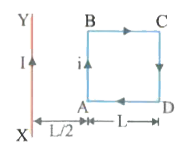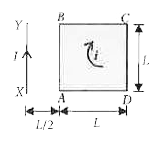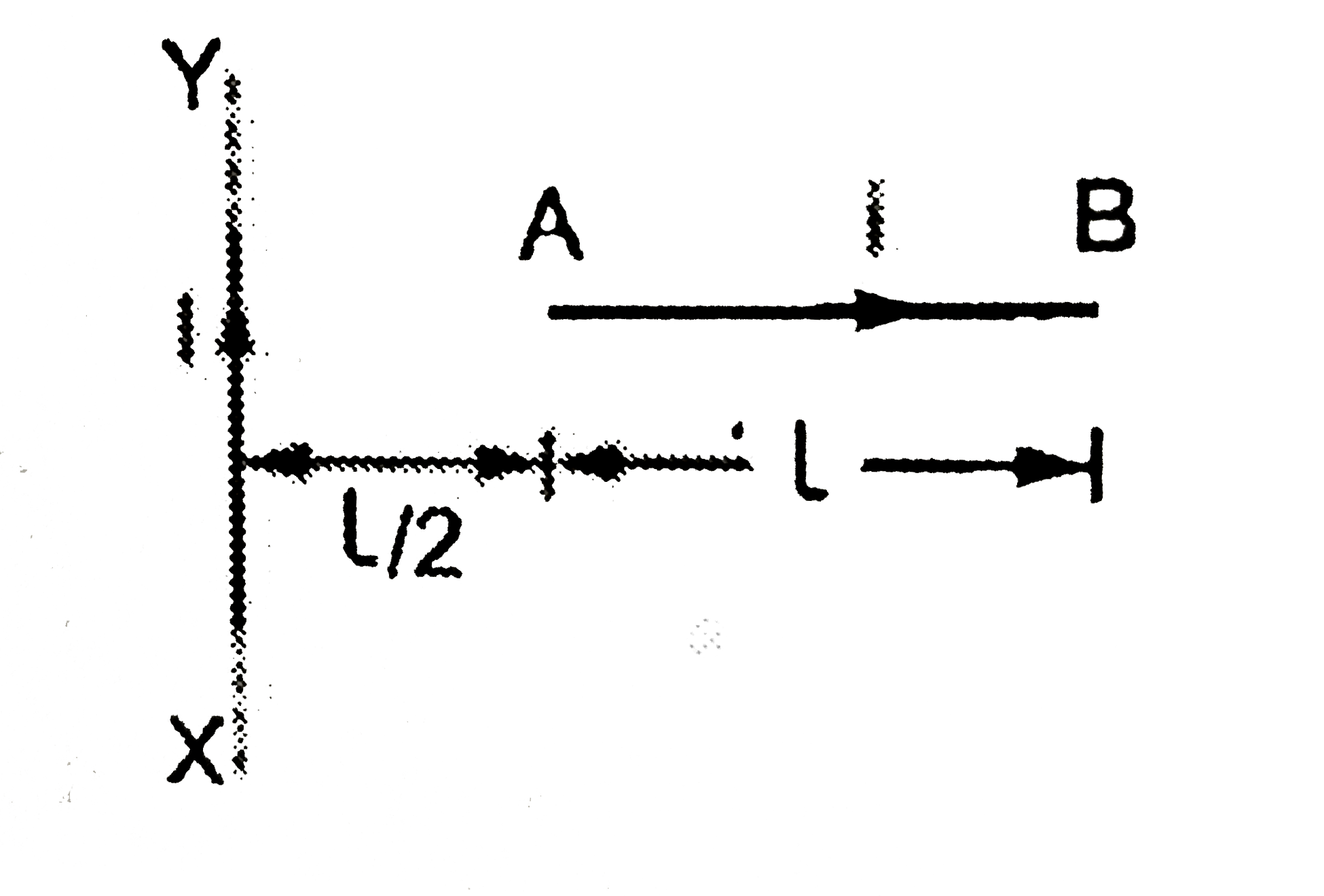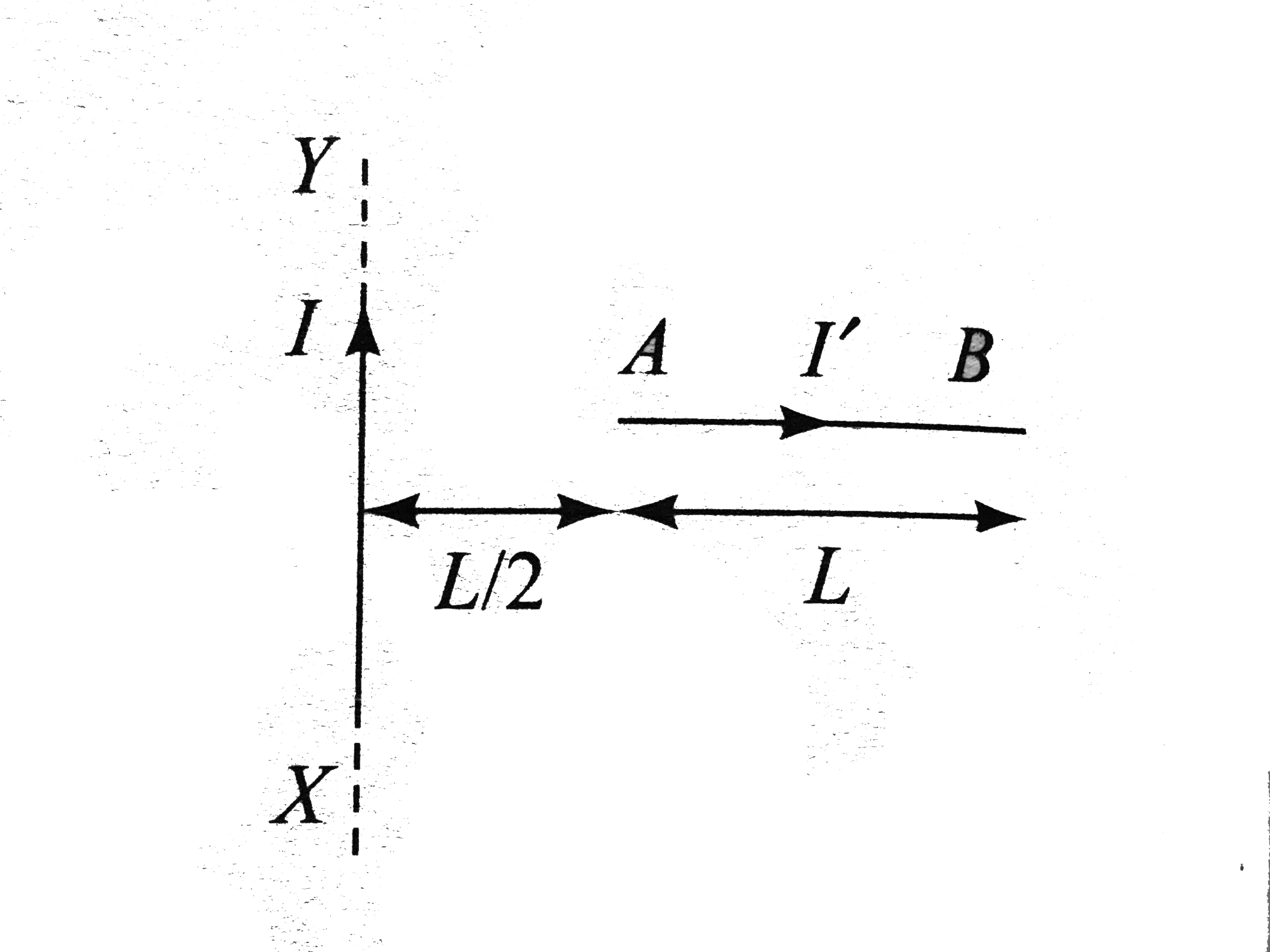A straight conductor carrying a current does not experience a force when it is
parallel to magnetic field.
perpendicular to magnetic field.
antiparallel to magnetic field.
both A and C.
The correct Answer is:D
Step by step video, text & image solution for A straight conductor carrying a current does not experience a force when it is by Physics experts to help you in doubts & scoring excellent marks in Class 11 exams.
Updated on:21/07/2023Topper's Solved these Questions
- MAGNETIC EFFECT OF ELECTRIC CURRENT BOOK - TARGET PUBLICATIONCHAPTER - MAGNETIC EFFECT OF ELECTRIC CURRENT EXERCISE - Critical Thinking Introduction
38 Videos
- MAGNETIC EFFECT OF ELECTRIC CURRENT BOOK - TARGET PUBLICATIONCHAPTER - MAGNETIC EFFECT OF ELECTRIC CURRENT EXERCISE - Competitive Thinking Introduction
58 Videos
- FRICTION IS SOLIDS AND LIQUIDS BOOK - TARGET PUBLICATIONCHAPTER - FRICTION IS SOLIDS AND LIQUIDS EXERCISE - MCQ (EVALUATION TEST)
21 Videos
- MAGNETISMBOOK - TARGET PUBLICATIONCHAPTER - MAGNETISMEXERCISE - MCQs
150 Videos
Similar Questions
State the rule to determine the direction of a
(i) magnetic field produced around a straight conductor carrying current.
(ii) force experienced by a current-carrying straight conductor placed in a magnetic field which is perpendicular to it, and
(iii) current induced in a coil due to its rotation in a magnetic field.
View SolutionState the rule to determine the direction of a
(i) magnetic field produced around a straight conductor carrying current.
(ii) force experienced by a current-carrying straight conductor placed in a magnetic field which is perpendicular to it, and
(iii) current induced in a coil due to its rotation in a magnetic field.
View Solution
Knowledge Check
A straight conductor carrying a current is kept in a uniform magnetic field so as to experience maximum force. If now the conductor is turned in its own plane such that the force acting on it is half of the maximum force, then the angle made by the conductor in the final position with respect to the field is
A60∘B45∘C30∘D90∘A square loop of ABCD carrying a current i, is placed near and coplanar with a long straight conductor XY carrying a current I, the net force on the loop will be
 A2μ0Ii3πBμ0Ii2πC2μ0IiL3πDμ0IiL2π
A2μ0Ii3πBμ0Ii2πC2μ0IiL3πDμ0IiL2πA square loop ABCD carrying a current i, is placed near and coplanar with a long straight conductor XY carrying a current I, the net force on the loop will be
 A2m0liL3πBμ0liL2πC2μ0Ii3πDμ0Ii2π
A2m0liL3πBμ0liL2πC2μ0Ii3πDμ0Ii2π
A current carrying straight conductor in a uniform magnetic field experiences Maximum force when the conductor is parallel to the field Minimum force when the conductor is perpendicular to the field Maximum force when the conductor makes 45° with the field Maximum force when the conductor is perpendicular to the field
View SolutionState the rule to determine the direction of a (i) magnetic field produced around a straight conductor-carrying current, (ii) force experienced by a current-carrying straight conductor placed in a magnetic field which is perpendicular to it, and (iii) current induced in a coil due to its rotation in a magnetic field.
View SolutionA square loop of ABCD carrying a current i, is placed near and coplanar with a long straight conductor XY carrying a current I, the net force on the loop will be

View Solution
A conductor AB of length l carrying a current i is placed perpendicular to a long straight conductor XY carrying a current I, as shown. The force on AB will act
View SolutionA conductor AB of length L carrying a current I', is placed perpendicular to a long straight conductor XY carrying a current I as shown in Fig. The forces on AB has magnitude

View Solution
